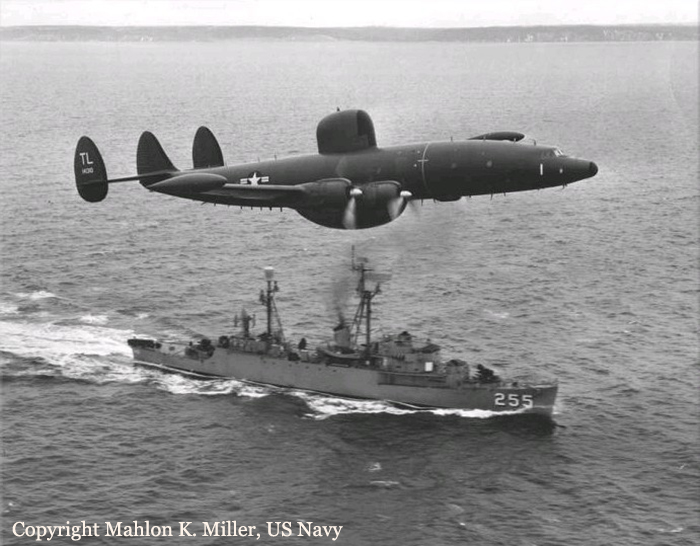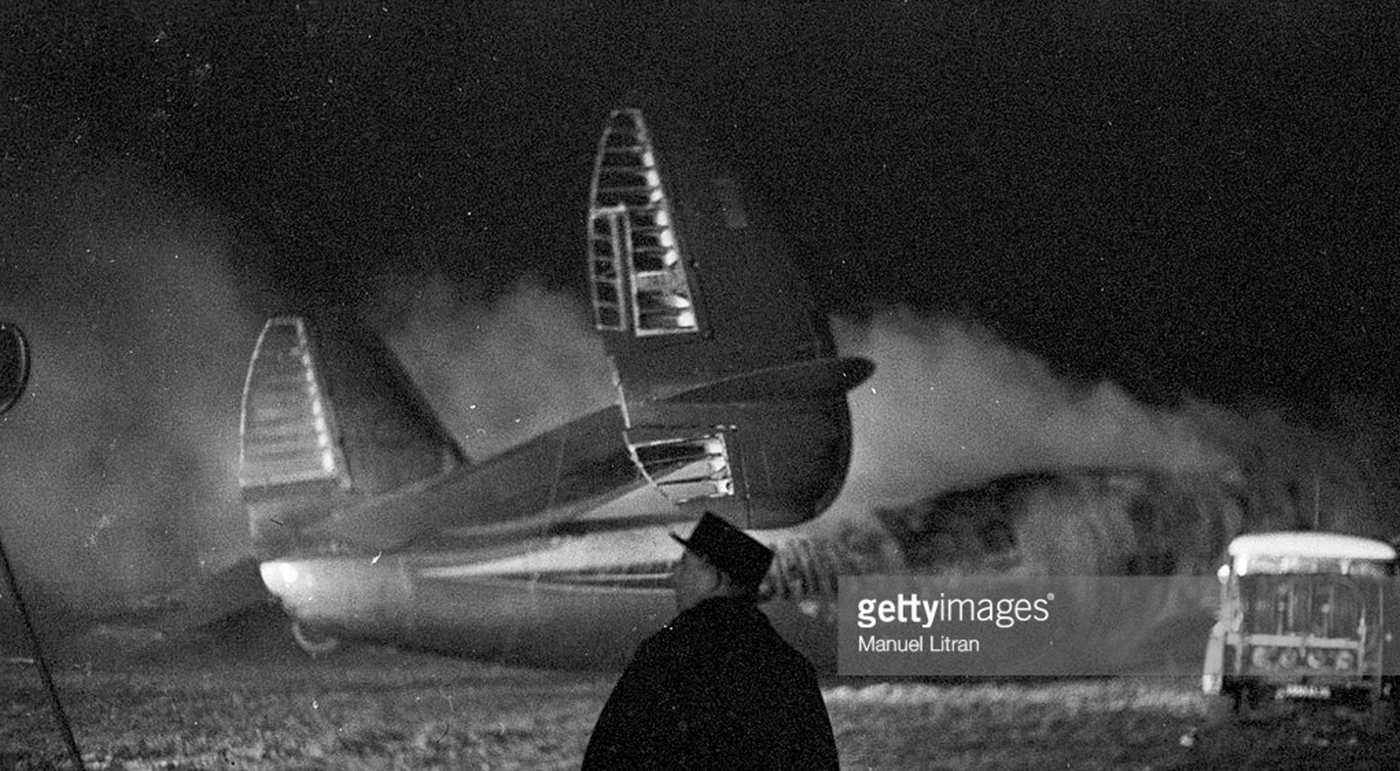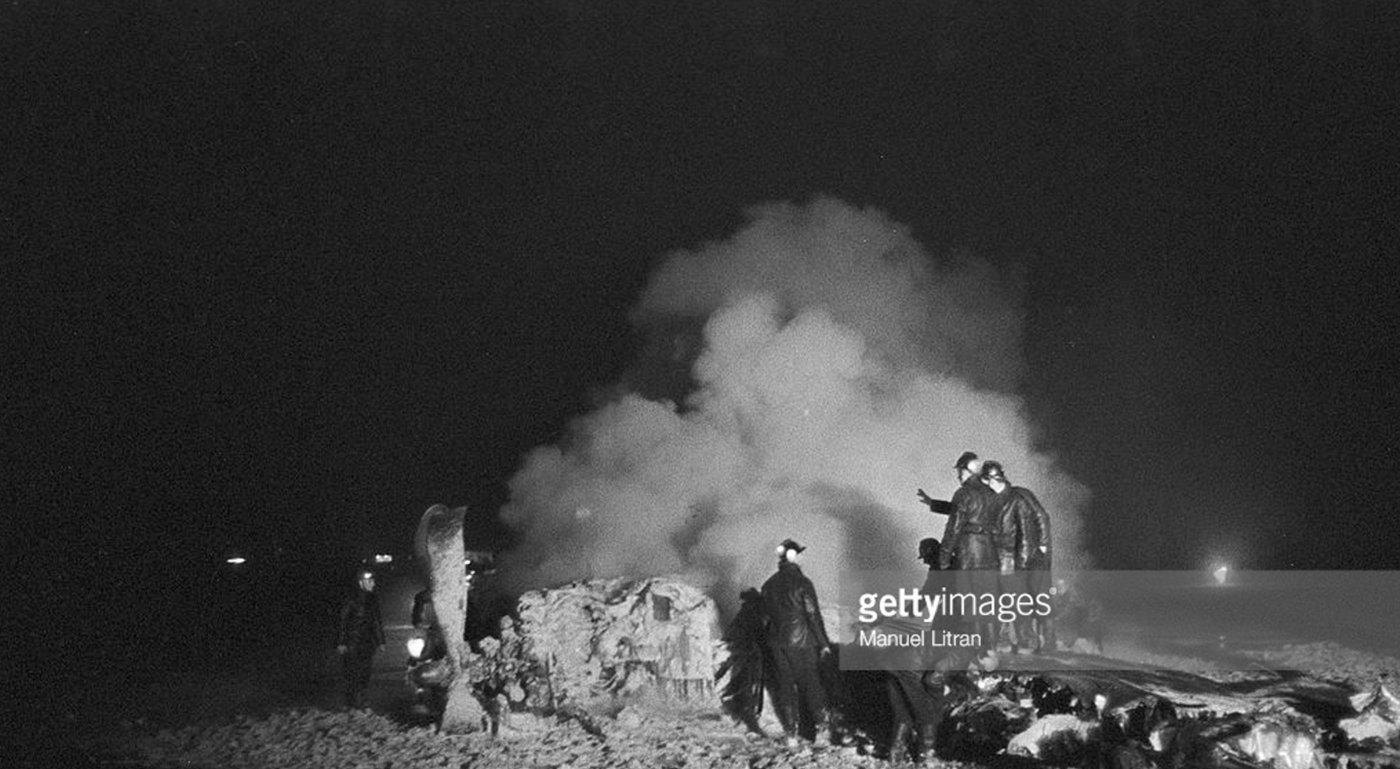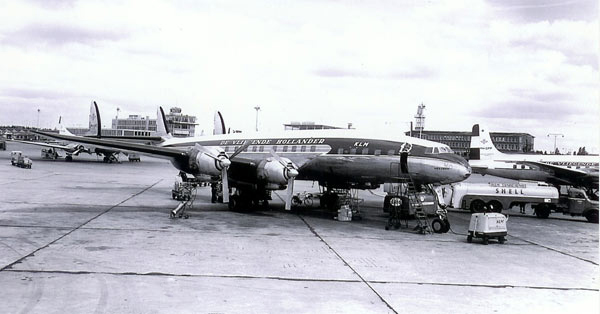Crash of a Lockheed R7V-1 Super Constellation near Taft: 5 killed
Date & Time:
May 14, 1958
Registration:
131652
Survivors:
No
Schedule:
Ontario - Moffett
MSN:
4153
YOM:
1954
Crew on board:
5
Crew fatalities:
Pax on board:
0
Pax fatalities:
Other fatalities:
Total fatalities:
5
Circumstances:
En route from Ontario (California) to Moffett AFB, the crew decided to perform five consecutive stalls. Doing so, the airplane lost 3,000 feet and suffered severe vibrations that caused structural damages to skin, stringers and bulkheads in the aft portions of the fuselage. The pilot requested permission to divert to Taft Airport for an emergency landing but shortly later, the airplane disintegrated in the air and crashed in a mountainous area located 7 miles east of Taft. The aircraft was totally destroyed and all five crew members were killed.
Probable cause:
In-flight structural failure of the airframe.










